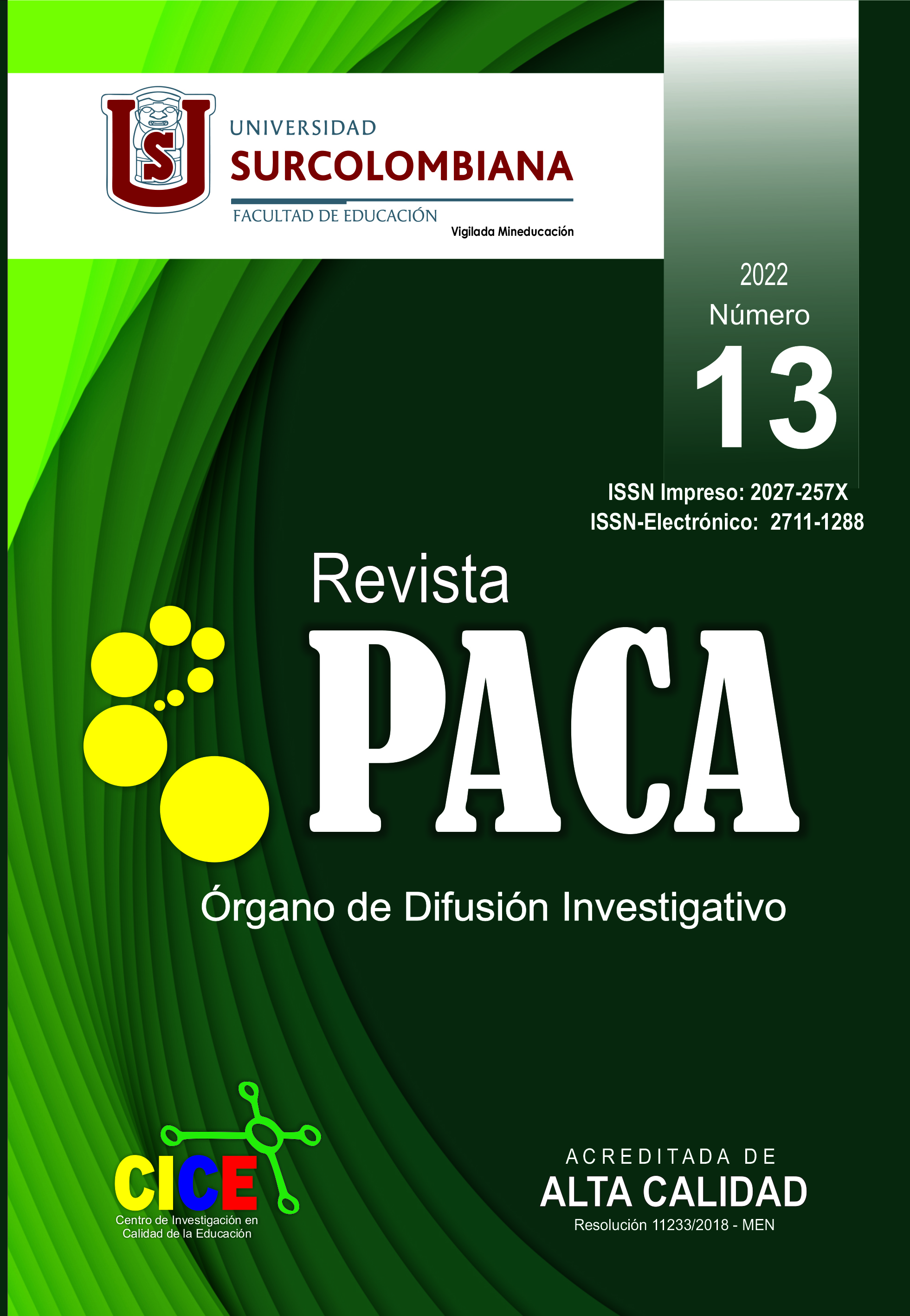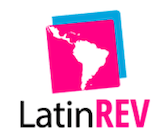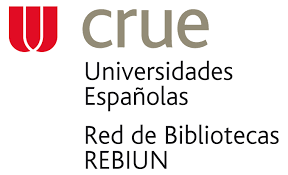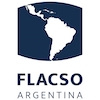Painting: a didactic proposal for the learning regarding the conflicts associated to the use of water
La pintura: propuesta didáctica para el aprendizaje sobre los conflictos asociados al uso del agua
##plugins.themes.bootstrap3.article.main##
The aim of this research investigation is to analyze the learning output exhibited by the 6° students from the Educational Institution of Caguán, Neiva, on the availability and conflicts related to the use of the water supplied by The Neme stream through the application of a didactic sequence based on painting.
A mixed method research design was used to develop the objective of this study. In a nutshell, it consists of a qualitative analysis, in which the phenomenological design was taken into account since it allowed students to reflect on their conceptions and relationships with water, through painting as a component within the didactic sequence that makes it possible to explore the sense and meaning that students create in relation to a natural resource of vital use. Finally, concerning the quantitative analysis, the quasi-experimental design was used, which was carried out with a non-equivalent control group (CG: 603 grade students) and it was also included an experimental group also known as treatment group (EG: 604 grade students) on which the didactic sequence was applied.
Finally, the students of the experimental group (EG) acquired the competences of Natural Science and Environmental Education, recognizing local water resources and proposing strategies to conserve and/or preserve the key stone ecosystem components still available in The Neme stream and its surroundings.
Downloads
##plugins.themes.bootstrap3.article.details##
Acevedo, A., Pérez, B. y Ortiz, J. (2016). El dibujo y la pintura como estrategia lúdica para el mejoramiento de la habilidad lectora en los estudiantes de grado primero del Colegio Marco Antonio Carreño Silva. [Tesis de Especialista, Fundación Universitaria Los Libertadores] Repositorio Fundación Universitaria Los Libertadores.
Brown, J.S., Collins, A. y DUGUID, P. (Junio 1 de 1989) Situated cognition and the culture of learning. Educational Researcher, No. 18, pp. 32-42.
Canal Educa. (2019). La semana del agua, guía de actividades para crear con el agua. Canal de Isabel II. https://www.fundacioncanal.com/canaleduca/wp-content/uploads/2019/10/guia_semanadelagua.pdf
Carrillo, C., Carrillo, M., y Pena, M. (2017). Poéticas del agua. Entre la experiencia estética y la conciencia ambiental. Red de Revistas Científicas de América Latina y el Caribe, España y Portugal, 12(35). pp. 243-259
Duarte y Rodríguez. (2016). La pintura como facilitadora pedagógica para el desarrollo de la autonomía en niños del grado pre-jardín del colegio Fundación Instituto Tecnológico del Sur. [Título de Especialista, Fundación Universitaria Los Libertadores] Repositorio Institucional-Fundación Universitaria Los Libertadores.
Edwards, M. (2013). La atención a la situación del mundo en la educación científica. [Tesis de doctorado]. Universidad de Valencia, España.
Jiménez, M. (2009). Comunicación y lenguaje en la clase de ciencias. En A, Caamaño., M, Jiménez., E, Pedrinaci y A, Pro (Ed.), Enseñanza de las ciencias. (pp. 73-79) Editorial Grao.
Jiménez, M. (2009). La enseñanza y aprendizaje de la Biología. En A, Caamaño., M, Jiménez., E, Pedrinaci y A, Pro (Ed.), Enseñanza de las ciencias. (pp. 73-79) Editorial Graó.
Jiménez, M., Caamaño, A., Oñorbe, A., Pedrinaci, E., y de Pro, A. (2009). Enseñar ciencias. Editorial GRAO, de IRIF, S.L.
López, C. (2007). La enseñanza-aprendizaje del agua en el contexto de un desarrollo sostenible. [Tesis doctoral, Universidad de Valencia]. file:///C:/Users/sie7e/Downloads/lopez%20(2).pdf
Medina, C. y Vargas A. (2020). Desarrollo de una unidad didáctica para la enseñanza y aprendizaje sobre la conservación de la fauna del departamento del Huila con estudiantes de octavo grado de la Institución Educativa Gabriel Plazas de Villavieja-Huila. [Tesis de pregrado no publicada]. Universidad Surcolombiana.
Pérez, L y Urrego, M. (2015). Secuencia didáctica para el desarrollo de la identificación como competencia científica. [Tesis de Licenciada, Universidad del Valle]- Repositorio Institucional Universidad del Valle.
Tobón, S., Pimienta, J., & amp; García, J. (2010). Secuencias Didácticas: Aprendizaje y evaluación de competencias. Naucalpan de Juárez, Edo. De México. Pearson.
Solbes, J. y Traver, M.J. (junio. 1996). La utilización de la historia de las ciencias en la enseñanza de la física y la química. ResearchGate, (14), pp. 103-112.
Zimmerman, C. (2007). The development of scientific thinking skills in elementary and middle school. Developmental Review, 27(2), pp. 172-223. DOI:10.1016/j.dr.2006.12.001.
































